2. Nailing Down the Setting
What's Old Is Old Again...
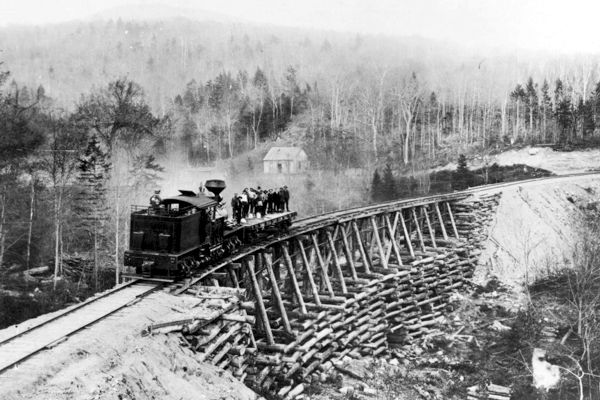
Originally a logging line in New Hampshire (with no actual logging ever modeled) at the turn of the century, the first White River & Northern became a quarry line in its life as the Greystone & Rock Bottom. Then, during its non-round Mountain Vista phase, it was a water bottling-come-tourist line in the White Mountains. What would it be in its very last iteration? After due consideration, I turned the brewery into a fireworks factory (because, why not), and made the railroad a plain vanilla freight/passenger shortline in Vermont.

The temporal setting is the early 1930s. That was also the original setting for the Mountain Vista, but as I kept adding on new animations and effects, I kept pushing the time frame forward, eventually into the late 1950s, with the possibility of hitting the 60s had I not abandoned the project. This time I'm locking it in—no more "rubbery time." This forced me to stay on script, and not go nuts with effects. As added encouragement, I invested in a big bunch of vehicle kits.
The vibe in this photo is basically what I wanted for the new layout:
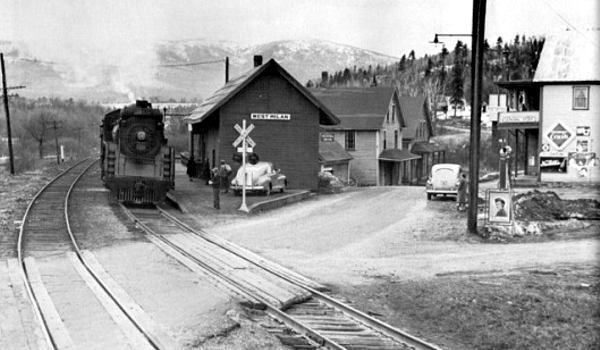
I knew it was unreasonable to think I could achieve this; I had to accept the limitations imposed by the available space.
...and What's New Is Gone
The Mountain Vista was a different sort of project meant for a different life, and I just couldn't see either finishing it, or selling/giving it away half-built, because the likelihood a new owner could successfully breathe new life into it was vanishingly slim. So, I made the hard choice to decommission it. Thus a number of structures and features originally built for the Greystone & Rock Bottom will be re-recycled.

It was over pretty quickly for the Mountain Vista; in about an hour and a half on the morning of 25 April 2021, I'd removed everything worth keeping. All that remained was a shredded base and a bit of track, which was quickly claimed by another modeler for a wholly different purpose.
Shuffling the Deck
I did make quite a few changes along the way hoping to capture the desired look and feel. Some changes worked and stuck, some failed and went away. For instance, I'd wanted Augustine to be just a bit more urban than it was initially; basically I envisioned a condensed version of how the Mountain Vista layout looked, with its storefronts. My only option to have anything of the sort was to lose my freight station, despite my affection for it. Below left is the "before" version, with (left to right) the passenger station, freight station, and gas station, highlighted in green.

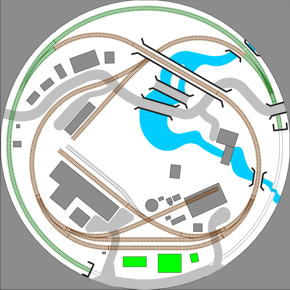
Above right is the "after" version, with (left to right) a diner, the passenger station, two storefront buildings, and the gas station. Most of these buildings would be "rescues" from the Mountain Vista. The diner, however, would be a completely new, scratch-bashed structure, drawing inspiration from these two examples, both in Bellows Falls, Vermont:
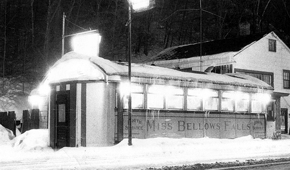
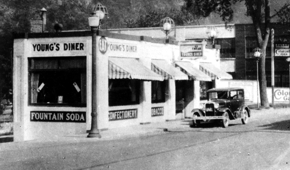
But in a way I'd tripped on the sidewalk. As I researched sidewalks and curbs and roads, I discovered that my new design just wasn't plausible; there were no images of real places that were even remotely like what I'd been contemplating. Now, to be clear, I wasn't after proto-accuracy, but I did want some degree of plausibility. So I reverted back to Plan A, sans gas station.

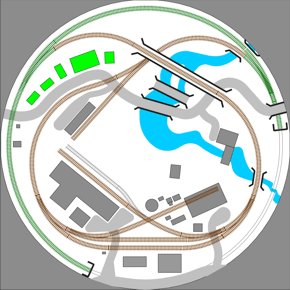
Meanwhile, I was looking at the string of homes across from Haber Coal, and developing second thoughts. It looked forced, overcrowded, and not particularly believable, with four homes and a post office (above left). So I replaced a couple of the homes with businesses, and shuffled the buildings around. The new arrangement wasn't ideal, but it felt better than it was; left to right: home, gas station, general store with barber shop, home (above right). As a huge bonus, it allowed me to feature the working barber pole on the layout—and if I'm being completely honest, the barber pole was the primary motivator for the failed urbanization of Augustine in the first place.
The Real White River Railroad
I'd no idea it existed, but there it was all along: The White River Railroad. It's spooky how much like the current layout it was. Located in eastern central Vermont, it ran from Bethel to Rochester along the White River, a distance of only 19 miles. Planning for the line began in 1896; construction began in 1899, and it was completed in 1900. Because the railroad followed the course of the White River closely, it was frequently damaged by floods, and was heavily damaged by the great flood of November 1927. Although the railroad was fully rebuilt the following year, the Great Depression proved fatal to the line, and it was abandoned by 1933. Nothing of the railroad remains except some bits of roadbed and a few fragments of foundation at what was its engine terminal.
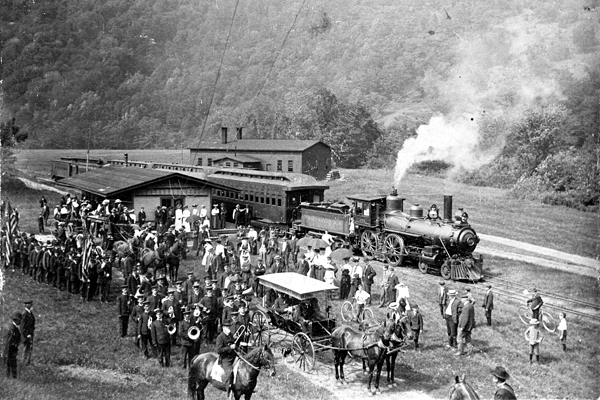
Below is the Bethel passenger station on what was the Central Vermont line; today the station is a bar. Perhaps even more interesting is that the White River also interchanged with the Bethel Granite Railway, which was all of 6 miles long. I've not been able to find any more information on this little line, but I surely would like to, since it conjures memories of the Greystone & Rock Bottom. Sadly, no trace of it can be found.
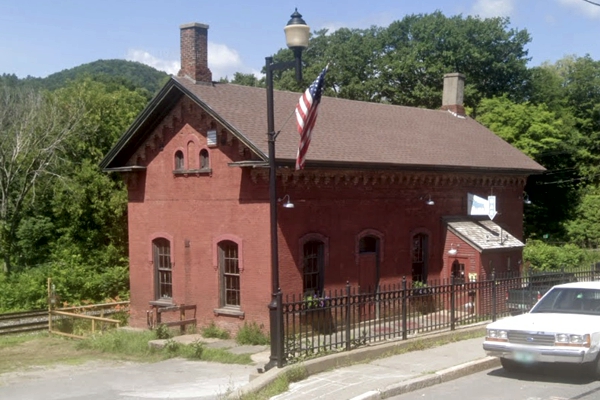
I was sorely tempted to re-engineer the layout to make it more like the real White River, but I saw a never-ending parade of revisions and compromises looming on the horizon. So, I just took its existence as a vote of confidence that what I've modeled is well within the realm of reality.
